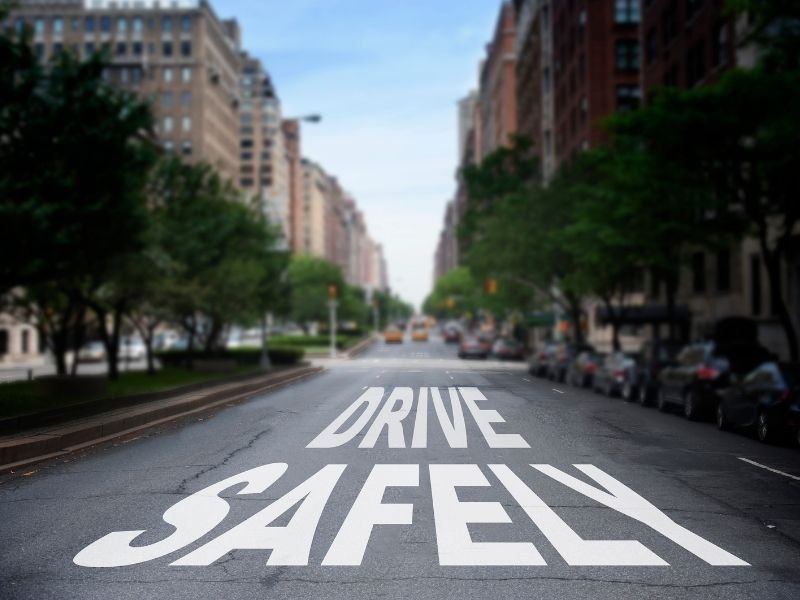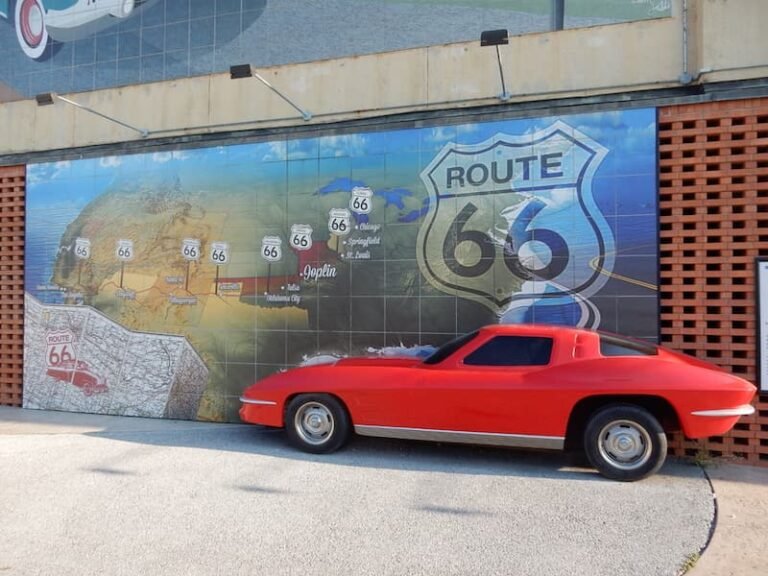Is It Safe to Road Trip in the USA? Essential 13 Tips for International Travelers
Hi there! Are you wondering “Is it safe to road trip in the USA?” The answer is yes—but there are definitely some things to keep in mind, especially if you’re visiting from another country. My husband and I have been living in the U.S. for three years now, and we’ve learned a lot from our road trip adventures. I’m sharing our best tips by category so you can hit the road with confidence.
Planning & Navigation
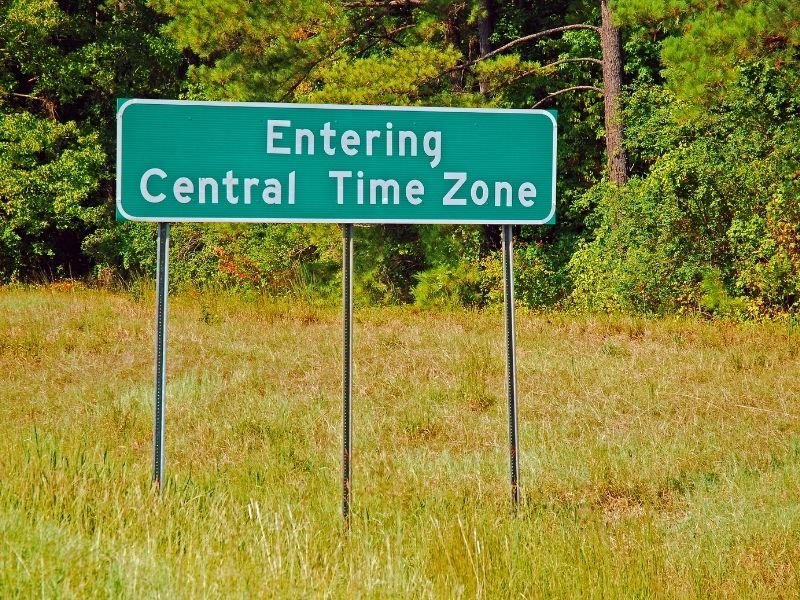
Plan Your Route and Rest Stops
The U.S. is huge! Distances on the map can be deceiving. Always check Google Maps before you go and mark places to rest, eat, or fuel up. On interstate highways, you’ll find rest areas, but sometimes they’re far apart—so have a rough plan in mind. Some toll roads, like the Ohio Turnpike, even have super clean rest stops with food, gas, and restrooms all in one place.
Download Google Maps for Offline Use
Don’t count on having internet in remote areas (trust me, “middle of nowhere” really exists here). Download offline maps before your trip—it’s quick and saves you from stressful moments when the signal disappears.
Watch for Time Zone Changes
The U.S. has four main time zones, and some states even have more than one. We once missed dinner because we didn’t realize we had crossed into a new time zone—so double-check, especially if you’ve got reservations or hotel check-ins.
Driving & Traffic Rules
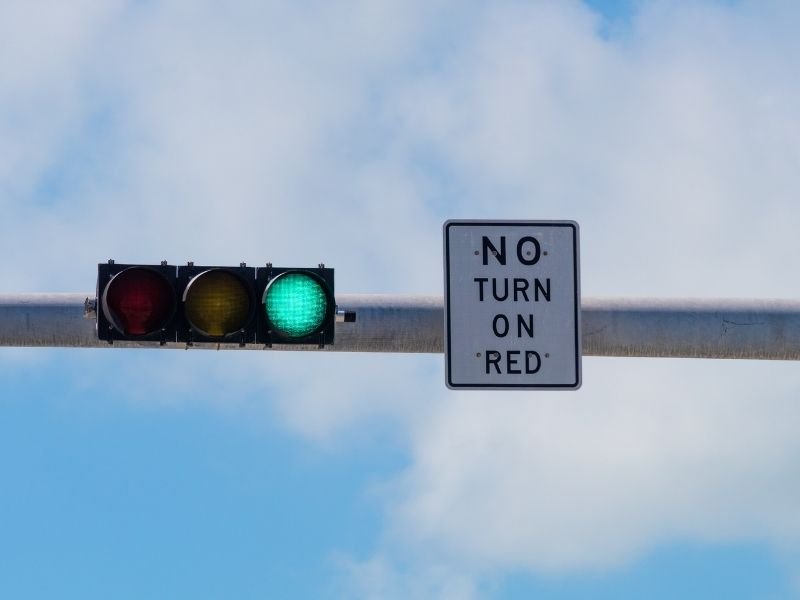
Right Turn on Red Lights
This one confused me at first! In most states, you can turn right at a red light after stopping—unless there’s a sign that says “NO TURN ON RED.”
Move Over for Police Cars
If you see a police car stopped on the roadside, change lanes if you can. It’s not just polite—it’s the law in many states.
Dealing with Toll Roads
Some highways charge tolls. Most use a license plate system and mail an invoice, but if you’re in a rental car, the company will handle it (with extra fees, of course). If you travel often, a prepaid transponder can save money and time.
Weather & Safety
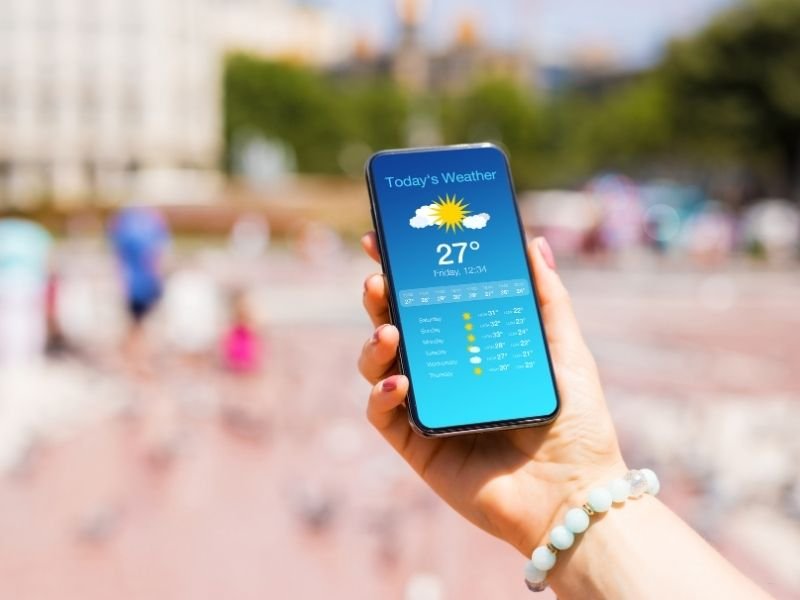
Check the Forecast Before You Drive
Weather can change quickly in the U.S. Summer storms bring heavy rain or even tornadoes, while winter can mean snow and ice. If conditions look dangerous, don’t hesitate to delay or change your route.
Winter Travel Essentials
If you’re driving in snowy regions, pack:
- Water, blankets, and warm clothes
- Gloves (a lifesaver for scraping ice)
- An ice scraper and brush (usually provided with rentals)
- A gas tank that’s never below half full
We once had to wait hours during a snowstorm—those blankets and snacks really made a difference!
Food & Breaks

Be Prepared on Holidays
Big holidays like Thanksgiving, Christmas, or Easter can leave you hungry if you’re not ready—restaurants and supermarkets often close. We learned the hard way and survived on gas station snacks, so stock up ahead of time.
Bring Your Own Food
Packing sandwiches, fruit, and drinks makes your trip cheaper, healthier, and easier—especially on long stretches between towns.
Accommodation & Overnight Stays

Book Ahead in Busy Seasons
In popular areas (like near national parks), hotels and motels can sell out quickly. Booking in advance saves you from last-minute stress.
Pick Safe Areas
When stopping overnight, choose well-reviewed hotels or motels in safe neighborhoods. Avoid poorly lit, isolated areas.
Consider Alternatives
If you like the outdoors, U.S. campgrounds are usually well-equipped and safe. They can also be cheaper than hotels.
Road Trip FAQs
Is it safe to drive at night in the U.S.?
Generally, yes—highways and major roads are well-lit. However, in rural areas, roads can be dark and wildlife may cross unexpectedly. If you’re tired, it’s always safer to rest.
What documents do I need to rent a car in the U.S.?
Most rental companies require a valid driver’s license, a credit card, and sometimes an International Driving Permit (IDP) if your license isn’t in English.
How expensive are gas and tolls?
Gas prices vary by state, but they’re usually cheaper than in Europe or Japan. Tolls depend on the road—some cost just a few dollars, while long highways like the New Jersey Turnpike can add up.
Can I use my foreign driver’s license?
Yes, most states allow visitors to drive with their home country’s license for a limited time. Still, carrying an IDP can make things easier if you’re stopped by police or renting a car.
Are American rest stops safe?
Yes, rest stops along interstates are generally safe, especially during the day. For extra security, park near well-lit areas and avoid staying overnight at isolated rest areas if you’re alone.
Looking for more practical tips on packing smart, saving money on gas, and planning your budget? Don’t miss my guide: 10 Essential USA Road Trip Tips for a Safe & Unforgettable Journey.
Final Thoughts
Yes, road-tripping across America is safe—as long as you prepare a little. Plan your route, learn the basic traffic rules, check the weather, and bring food for emergencies. With these tips, you’ll enjoy the wide-open roads, friendly people, and unforgettable scenery.
So, are you ready to hit the road?
